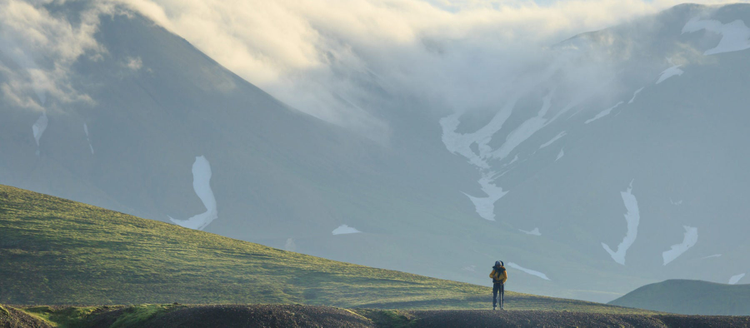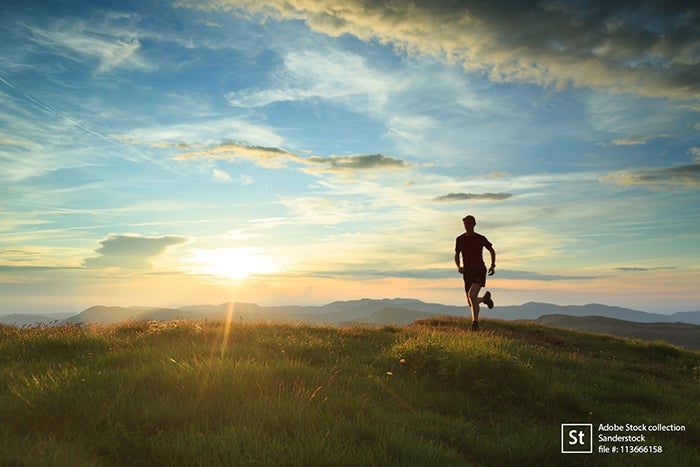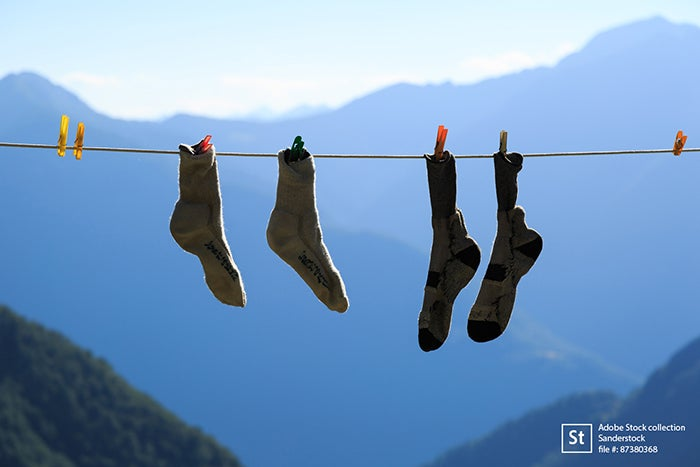Header image credited to Sanderstock.
Sander van der Werf has always loved the outdoors. And it was the outdoors that awoke his dormant passion for photography. On a hiking trip to the Swedish Laplands, Sander realized the value of photographing his journey. Since then, he’s built an incredible portfolio of landscape imagery that have been featured in various outdoor magazines and gone on to become best-selling stock images. Here, Sander shares some of his top tips for photographing the great wilderness.
Location, location, location
I used to plan cool hikes to remote or alpine areas and bring my camera along. Nowadays, I find myself looking for a great photo location, then plan a small outdoor adventure in that area. Or when I have a specific shot/shoot in mind (like trail running), I search a good location and plan my trip around that. It is a different, more focused approach, which suits me better at the moment.
Image credited to Adobe Stock.
I try to pitch my tent close to the location I want to shoot so I have a lot of time to prepare the shots. Scout the location — look for angles, find cool compositions, and prioritize them. Having a tent gives me the opportunity to shoot during sunset, as well as during sunrise, therefore enhancing my chances of good light. That alone gives me peace of mind, and makes it really enjoyable being outdoors, at a nice and sometimes inspiring location. Even if I can’t make decent photos on a trip, in this way, I still fully enjoy being outdoors, discovering new landscapes, and being out of the crowded city.
Image credited to Adobe Stock.
Pack minimally
It’s important to pack light, especially during long hikes and trips. That means I have to choose what photo gear to pack, and what to leave at home. I have to be a minimalist when on trail and traveling, and be selective about what to shoot. Choose your lenses carefully — I usually just bring two with me. And watch your batteries, and bring backup. I always bring a power bank that I can charge with a solar panel. You just never know when the sun is going to shine again, or how cold it is going to get.
The outdoors influences my photography and gear, but it is also works the other way around. Because of all the photo equipment I carry (usually five to seven kg), I have to make sure that my outdoor gear (tent, sleeping bag, clothes, cooking gear, etc) is as lightweight as possible. As my experience grows, I find it increasingly easy to go as minimalistic as possible. No rain gear, one set of clothes, only hot food at night, single roof tent, and so on. It is nice to push the limit and go really basic.
Image credited to Adobe Stock.
Be quick on your feet
Being able to react to the light and conditions obviously is important. Quickly changing the original plan if you see another opportunity is crucial. Whether it is in a city or in the outdoors, always look behind you if you have your gear set up for a specific shot. Sometimes something beautiful can just be outside your original field of view! I took some of my bestselling shots after the shoot that I originally had planned. Just by exploring the area a bit more, going the extra mile so to speak, I had some of my best photo opportunities.
Know what you love
Find out what you are truly passionate about and keep your work fun and enjoyable. This will definitely increase the quality of your images. I am open-minded when it comes to broadening my photographic horizons, but I’ve also found that there simply are certain types of photography that just don’t appeal to me. And I’m therefore unable to make proper photos in those areas. So it’s a balance of trying new things and stay true to the sort of photography I’m really passionate about — outdoor, travel, and landscape photography.
Image credited to Adobe Stock.
See more of Sander’s work on Adobe Stock.




